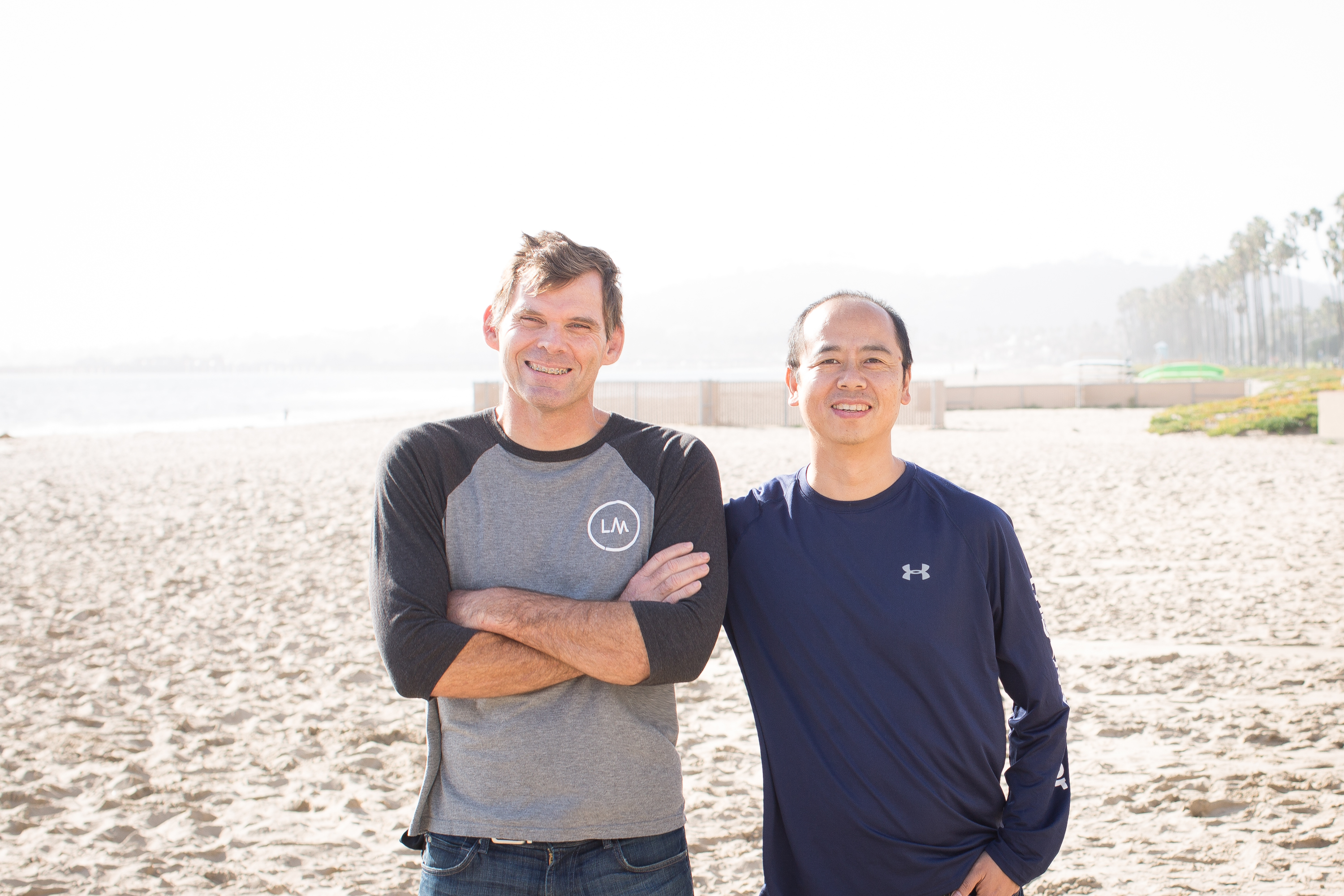We recently passed 10 years since the first incorporation of LogicMonitor. (An LLC back then – a C corp now.) Traditionally this is a time to reflect back, distill some lessons learned, prognosticate about the future, and celebrate the milestone.
Luck played a huge part. I was lucky to have worked at very early SaaS companies, so LogicMonitor was designed as a pure SaaS offering from the start. This was a differentiator from all the premises-based systems out there – a hindrance initially, but definitely an advantage recently. We’ve had many large customers that have come to us explicitly because we are SaaS, and they wanted a SaaS monitoring solution to align with their enterprise transformation or modernization.
I was lucky that despite not even knowing what a product manager was, and making the cardinal mistake of product managers – confusing yourself with the customer – we created a product with good product market fit, that genuinely addresses customers needs. We’ve never had to pivot, and the product we have today has fundamentally the same value proposition as the one we launched with. (Now, of course, it works at much larger scale, covers a much wider array of technologies, is easier to use, and has a myriad more features – but it’s performing the same role as the product our first customers bought.)
We were lucky to find great investors at each level – Angel, VC and Private Equity Growth – that encouraged us, helped us, but let us run the business.
I was lucky to partner with Jie Song to head development, and that he had friends in China that were also exceptional developers – and that at the time, developers with Masters degrees and experience were affordable in China. (Important as I was seeing my own money fly out the window to fund LogicMonitor, with no revenue coming in…)

On the technology side, the increasing rates of change in technologies (a convex function, if you want to harken back to calculus class) have been both a pain and good thing for LogicMonitor. Businesses adopting new technologies need to monitor them – and often brought us in to fill gaps their incumbent solutions couldn’t address. (Some of our very first deals involved monitoring VMware, which was then fairly new – ten years ago was also the year VMware had their IPO.) Of course, that meant that we, as a tiny company, had to scramble to figure out how to monitor VMware (or NoSQL, or containers, or Kubernetes, or Azure, or whatever the change-driver du jour was.) Even with a team of engineers dedicated to expanding the scope of our coverage, it’s still a challenge – and an opportunity.
The journey from idea to real enterprise is in some ways quicker than my head has caught up with. It’s not an infrequent occurrence when I walk through one of our offices to think “Wow – all these people work for LogicMonitor!” Just this week, heading to a meeting with a partner, someone said “I’m not going to introduce you as the founder, as I think it will intimidate him.” I didn’t care – I am still in the mindset when I would not usually reveal I was the founder, because I was also the guy doing technical support on the chat system, or doing cold calling to prospects, and I didn’t want to give away how small we were.
The cliche that the culture of the company – who you work with, how you interact – really does matter, and does require attention is a cliche as it’s true. I love coming to work at LogicMonitor. In the early days there was the drive to create something, and seeing the company grow with every customer and every release (not to mention the urgency of needing sales to stop the money hemorrhage). There was the satisfaction of having customers appreciate the product, and express the value they get from it. I still love visiting customers, and hearing how we’ve helped. I still love the intellectual challenge of solving an obtuse technical problem within the paradigm of our product. I even enjoy doing trade show booth time, and explaining to people that we do solve their problems. (It is oddly satisfying to get someone to engage at a trade show, when they were steadfastly averting their eyes and trying to avoid contact, and then, after a conversation and maybe a demo, have them express “I’m really glad I came across you. This makes the whole trade show trip worthwhile” – a surprisingly common occurrence.) But as we’ve grown, we now have over 200 employees, and they are the reason I love coming to work.
Our employees are awesome, and all really good at their jobs. And they all really care about monitoring, our customers, and the company. What does it mean to care about “the company”? It means wanting to do good work – for whatever reason motivates them (intellectual challenge, pride, competitiveness, etc); it means caring about the people you work with, and it means caring about our customers. So in a real sense, the company doesn’t exist – it’s just the people here doing good work and caring about each other. But when you are in an environment like that – it’s a great place to work.
As to the future? So long as we keep this a place people love coming to work at, we’ll be able to help our customers and each other – regardless of how the technology landscape continues to rapidly change. And we’ll have fun doing it.

Subscribe to our blog
Get articles like this delivered straight to your inbox






